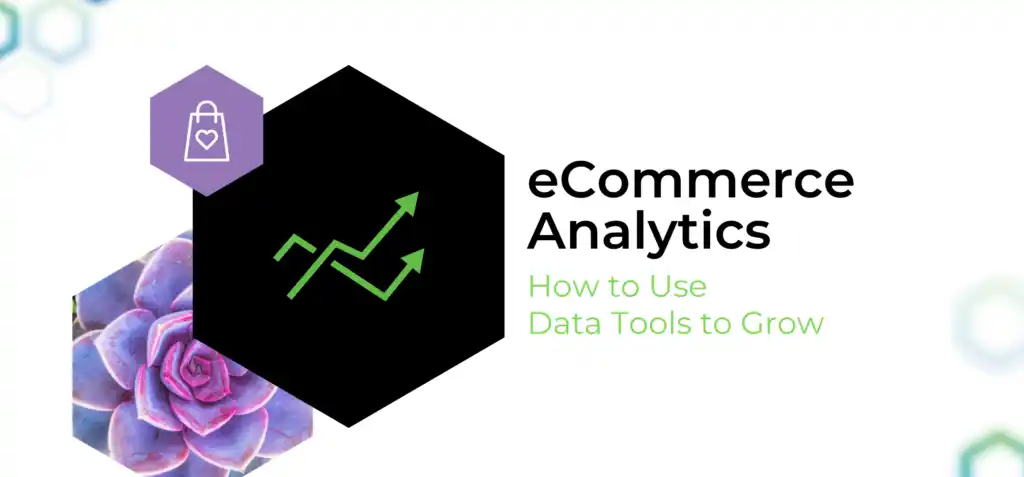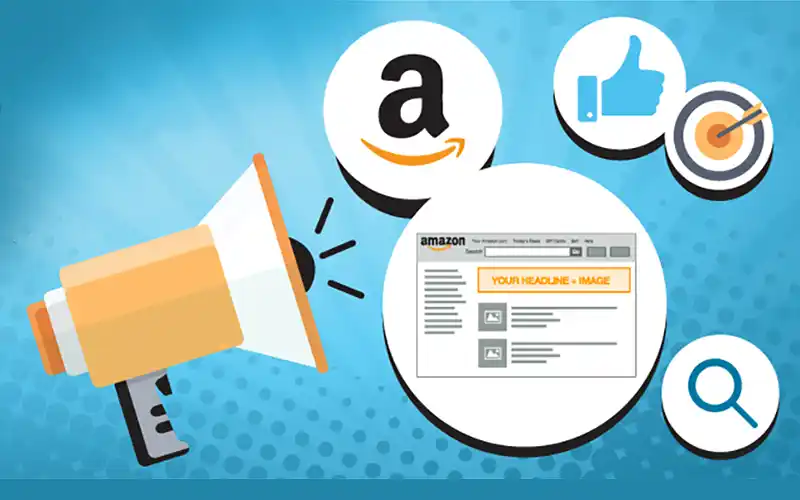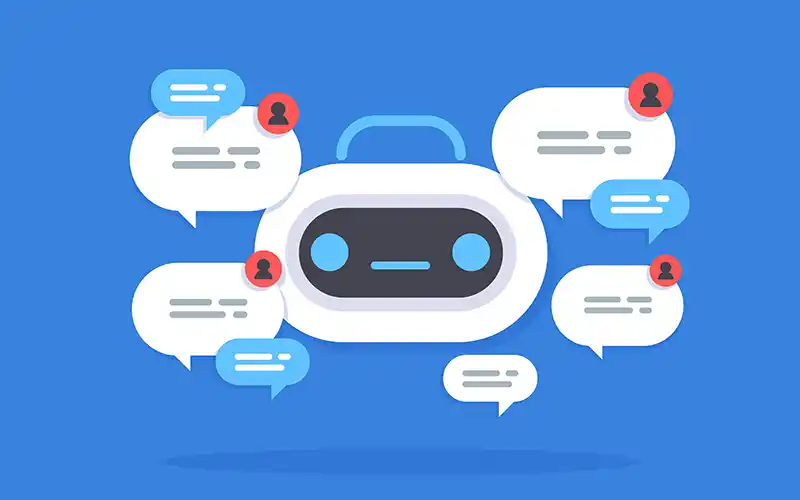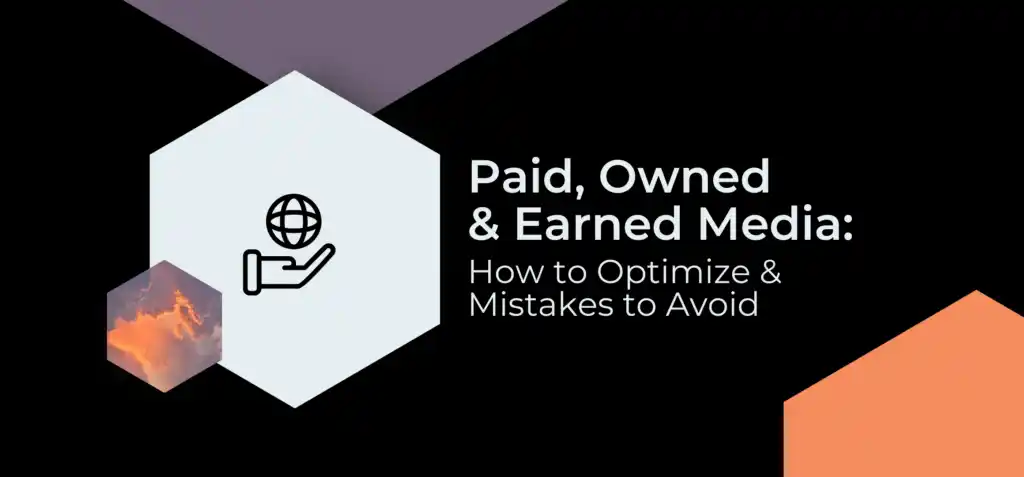
You’ve probably heard a marketer rattle off the phrase “paid earned owned” in a quick mouthful.
And while most people immediately understand “paid media”, many aren’t clear on the difference between earned and owned media.
Furthermore, many brands treat these categories as independent silos with wholly separate teams and digital marketing strategies, which is a massive performance miss. That’s why we’re covering:
- What is paid media? + Examples
- What is owned media? + Examples
- What is earned media? + Examples
- 4 rules of paid, owned, and earned optimization
What is paid media?
Paid media refers to the distribution of digital media content through a paid channel, with the goal of driving traffic, leads, or sales.
It can take the form of display ads, search engine marketing, social media advertising, influencer marketing, sponsored content, and more.
The most common performance metrics for paid media campaigns are cost per click (CPC), cost per acquisition (CPA), and return on ad spend (ROAS).
However, a caution on ROAS…
We strongly recommend measuring TOTAL return on investment, which incorporates spend across all channels and non-media costs, instead of depending on ROAS to gauge performance.
What ROAS is NOT telling you High performing brands are realizing that ROAS alone is an incomplete picture of paid media performance
Examples of paid media
As we’ll discuss further on, there often is (should be) a high degree of interconnectedness between paid media, owned media, and earned media. For example:
B2B LinkedIn ads (paid media) to drive webinar (owned media) registration
One of our B2B client-partners allocates a portion of their paid media budget to LinkedIn ads to drive registration for mid-funnel content like an informational webinar, which is a type of owned media.
Based on the webinar watch rate, the next layer of paid media is activated by retargeting ads for users who watched the full webinar.
eCommerce paid media to drive acquisition and customer loyalty
Most of our eCommerce client-partners run paid media campaigns year-round, with seasonal breaks due to fluctuations in user behavior and inventory timelines.
Paid media campaigns, like all marketing activity, should have a precise goal. A single ad can support multiple goals, but typically, distinct objectives like brand awareness, net new acquisition, or repeat purchases require different strategies and ad components.
What is owned media?
Owned media is any content channel you own and/or have control over. This includes your website, blog posts, social media postings, and email marketing campaigns.
Because of the heightened degree of control over distribution, owned media gives brands the opportunity to engage directly with their audience without any of the third-party restrictions or advertising fees required by paid media.
Examples of owned media
You’re reading one right now! Our Apiary blog and the website it lives on are part of our owned media strategy. Similarly, our Apiary LinkedIn and Apiary Instagram accounts are also owned media.
Other types of media that are owned:
- Email newsletters
- White papers
- eBooks
- Podcasts
- Webinars
What is earned media?
Earned media refers to promotional coverage offered by third-party sources, such as media outlets, industry publications, customer reviews, user-generated content, and influencers.
Earned media strategies can substantially strengthen a brand’s credibility and trustworthiness, while introducing the brand to a wider audience.
In addition to the happy surprise of an unexpected feature that drives word of mouth awareness, the most high performing brands have in-house or external public relations (PR) resources that proactively facilitate earned media placements.
Examples of earned media
UGC for eCommerce brands
User-generated content is one of the few forms of earned media that eCommerce brands receive as an unsolicited gift from highly active social media users.
However, it’s often wise to intentionally invite customers to share their opinion of your products or service, unboxing experience, and written or video testimonials, in order to provide compelling social proof for new customers.
B2B industry award nominations
Several prestigious industry awards have open nominations, which allows brands to actively pursue earned media by nominating themselves for a reputable award.
Industry awards act as third-party validation that can help increase brand awareness and attract new customers. Additionally, media outlets often cover awards ceremonies, winners and nominees, which provides an additional layer of publicity.
Earned media typically results in increased traffic to owned media like your social media profiles and website, which requires technical SEO preparedness, and that leads us to…
4 Rules of Paid, Earned, and Owned Media
- Unified messaging
- Team cohesiveness
- Avoid overreliance on paid
- Custom marketing dashboard is a MUST
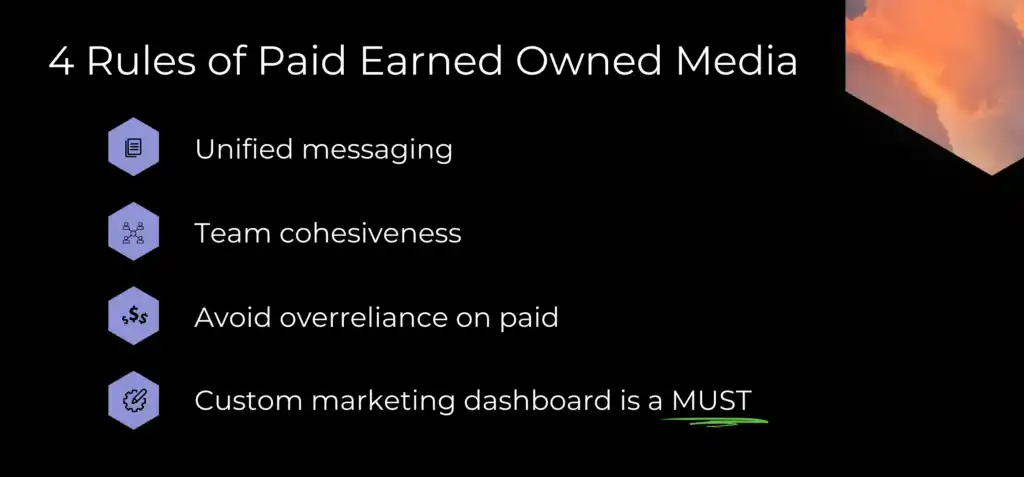
Rule #1: Unified messaging
You might be surprised to learn that in very large organizations, the marketing team often doesn’t own organic efforts – there’s a separate content team that may/may not be communicating closely with related teams.
Even if that’s not the case in your organization, across industries and organization size, we frequently see the marketing function broken into silos, which leads to subtle or substantive messaging variations that contradict the brand’s performance goals.
The Apiary POV: Marketing is the performance umbrella that everything should fall under - paid media, organic marketing, PR, content, and SEO. Organizations that allow these functions to operate independently are missing revenue opportunities.
Rule #2: Team cohesiveness
As mentioned above, a lack of team cohesion often leads to messaging failures. Unfortunately, this tends to happen after there’s already been a significant misalignment at the strategy level.
For example, we’ve seen brands excitedly push budget, time and effort into PR earned media and not consider implications like:
- To leverage the increased web traffic that PR is driving, you need an optimized website – content and technical SEO improvements.
- PR will drive brand awareness, so those sections of your paid campaigns should be turned off/down so that you’re not paying for traffic that PR was driving to you anyway.
- Earned media often leads to new keyword traffic. Who is monitoring this and making on-the-fly bid modifications?
The most optimized application of paid, earned, and owned media requires organizational unification.
- Is marketing operating as a holistic unit, or are we siloed?
- How are we sharing information?
- What systems and automations support ease of information sharing?
EXTRA TIP: Look out for the APPEARANCE of unification. Open communication and access is often mistaken for proof of a cohesive strategy across all teams/functions, but the former frequently exists without the latter.
Rule #3: Watch out for paid media misattribution
Particularly in the B2B world, we frequently see a misunderstanding of the effectiveness of paid search in brand campaigns.
It’s absolutely necessary to pay for your brand terms. You’ve got to protect yourself from competitors who’d be more than happy to snatch your traffic by buying up those search terms.
However…
There’s too much credit given to paid search channels for driving users who were already aware of you when they received the ad. More work has to be done in earned channels to drive awareness (PR and/or SEO content push) so that when organic traffic goes up, you can bid adjust your brand terms and pay less for them.
The most successful brands drive more than 60% of their traffic from direct and organic sources.
Why would you pay twice for someone who’s already familiar with you and can be activated organically?
Exactly. Don’t.
Rule #4: Create (and heavily use!) a custom marketing dashboard
We’re constantly talking about holistic marketing – viewing performance as a unified whole and optimizing the entire system accordingly.
But how?
The relationship between paid, earned, and owned media is a complex spider web of factors. Analyzing metrics independently will lead to the stuff of spreadsheet nightmares, misattributions, and blindspots aplenty.
This is why a customized marketing dashboard is non-negotiable. A comprehensive marketing dashboard helps brands to:
- Consolidate and visualize data
- Identify trends and opportunities
- Measure ROI and allocate resources effectively
- Make data-driven decisions based on real-time insights
Your dashboard is the hub that layers together all the data coming out of your paid, earned, and owned activity so that you have a visual representation of what’s actually happening (looking at a single activity or moment can be deceiving) and what optimization opportunities are available.
TL;DR on paid, earned, and owned media
- Paid media = paying for content distribution
- Earned media = publicity and exposure sourced from third parties
- Owned media = distribution channels you control or own (website, social profiles, etc)
- Marketing silos who think they’re operating cohesively (but aren’t) are fatal to performance
- The most successful brands drive over 60% of traffic from direct/organic sources
- Many brands mistakenly believe that overindexing on paid media is necessary to drive revenue and wind up over-paying for their brand terms
- Apiary’s 4 rules of optimizing paid, earned, and owned media:
- Unified messaging
- Team cohesiveness
- Avoid overreliance on paid
- Custom marketing dashboard is a MUST
